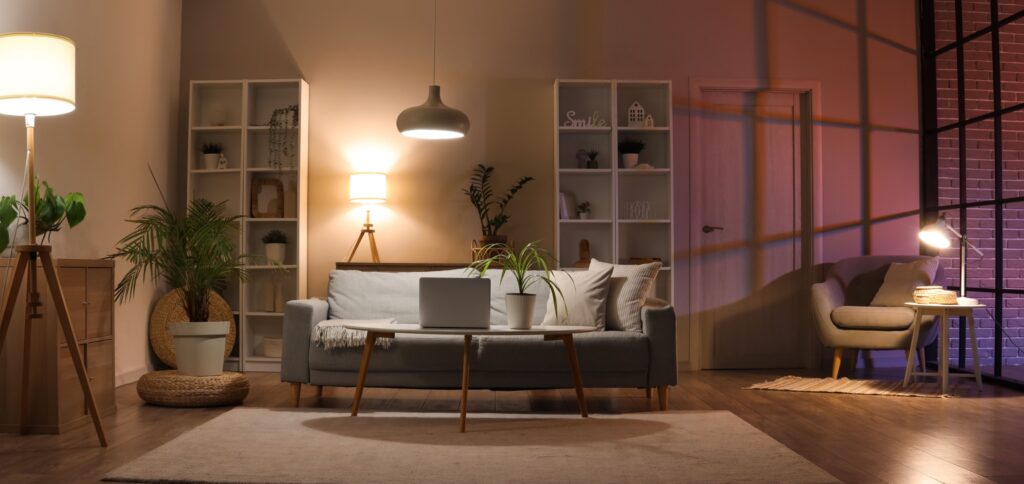No products in the basket.

Are you wondering how to transform your love for interior design into a business? Starting an interior design business can be an exciting venture, but it takes more than creativity to succeed. So, in this blog, we will cover everything you need to know, from the necessary skills and qualifications to managing clients and promoting your services effectively.
Step 1: Build Your Skills and Qualifications
Before you start an interior design business, it is important to have the right skills and knowledge. While interior design might seem like a natural talent for some, formal training can boost your credibility and expertise. So, what should you focus on?
- Education: Many successful interior designers have formal education in design. Courses in interior design will teach you about space planning, colour theory, and materials. Moreover, some programs offer certifications, which can set you apart from the competition.
- Experience: Hands-on experience is essential. Therefore, working for an established design firm or as an apprentice will help you gain real-world knowledge. As a result, you can learn how to handle projects, deal with clients, and navigate design challenges effectively.
- Portfolio: A strong portfolio is crucial when starting your own business. Thus, showcasing your best work will help potential clients understand your style and abilities. Start by working on small projects, such as helping friends or family redesign their spaces, to build up your portfolio.
Step 2: Define Your Business Plan

Having a clear business plan is key when starting any business, and an interior design business is no different. A business plan will outline your goals, strategies, and the steps you will take to achieve them. So, what should your business plan include?
- Target Market: Who are your ideal clients? Are you focusing on residential homes, commercial spaces, or perhaps both? Defining your target market helps you tailor your services and marketing efforts accordingly.
- Services Offered: Clearly outline the services you will offer. Will you provide full design services, consultations, or specific niche services like eco-friendly designs? Knowing exactly what you offer will help clients know what to expect.
- Pricing Structure: Decide how you will charge for your services. Will you charge by the hour, per project, or based on a flat fee? Understanding your pricing early on will make client negotiations smoother and ensure you stay profitable.
Step 3: Handle Legal and Financial Aspects
When learning how to start an interior design business, it is important to get the legal and financial side of things in order. Without the right structure and paperwork, your business may face challenges down the line.
- Business Structure: Choose a business structure that suits your needs. Many small businesses start as sole traders, but you might want to consider forming a limited company if you plan to expand. This will also affect your taxes, so it is important to consult with a legal or financial advisor.
- Licensing and Insurance: Depending on your location, you may need specific licenses to operate as an interior designer. Additionally, having liability insurance will protect you from potential legal issues, such as a client suing for damages or poor work.
- Accounting and Finances: Set up a system to track your finances. Keeping good records of your income, expenses, and taxes will make it easier to manage your business. Hiring an accountant can also be beneficial in the long run, allowing you to focus on design rather than paperwork.
Step 4: Market Your Business
Once your business is legally set up, the next step is to attract clients. Thus, marketing your interior design business effectively is key to success. Without clients, even the most talented designers will struggle to stay afloat. So, what are some ways you can promote your business?
- Create a Website: Having a professional website is crucial in today’s market. Therefore, showcase your portfolio, list your services, and provide contact information. Your website will act as your online business card and portfolio, allowing potential clients to see your work.
- Social Media: Use platforms like Instagram, Pinterest, and Facebook to share your projects and engage with potential clients. Social media allows you to reach a broader audience, and since interior design is visual, platforms like Instagram are especially effective.
- Networking: Attend local networking events or join online communities where homeowners or business owners might be looking for design services. Building relationships with other professionals in the industry, such as architects or real estate agents, can also lead to referrals.
Step 5: Manage Client Relationships
Successfully managing client relationships is a crucial part of running a successful interior design business. Therefore, knowing how to handle client communication and expectations will help you build long-lasting relationships.
- Set Clear Expectations: From the very beginning, set clear expectations with your clients. Be upfront about timelines, costs, and what the client can expect at each stage of the design process. This will avoid misunderstandings and help build trust.
- Maintain Communication: Keeping clients updated on the progress of their project is essential. Therefore, regular communication will help you avoid problems and make sure that the client is satisfied with the results.
- Customer Feedback: Once a project is completed, ask for feedback. Client testimonials can be used to boost your credibility, and constructive feedback can help you improve your services.
Tips for Success in Interior Design
As you start your interior design business, keep in mind the following tips for success:
- Stay Current: Trends in interior design change regularly. Therefore, keeping up with the latest styles, materials, and design technology will help you offer clients the most up-to-date designs.
- Focus on Your Niche: Trying to appeal to everyone can be overwhelming. Thus, it’s better to focus on a specific niche, such as modern homes, sustainable designs, or luxury interiors. This will help you stand out in a crowded market.
- Never Stop Learning: The best designers are always learning. Therefore, taking workshops, attending design expos, or furthering your education will help you stay competitive and inspired.
Conclusion
Starting an interior design business can be both exciting and challenging. However, you can create a successful and rewarding career with the right skills, a solid business plan, and effective marketing. Remember to take your time in building your business, maintain strong client relationships, and keep learning along the way.
If you’re serious about taking your interior design skills to the next level, joining the Level 5 Interior Design course from the Course Cave can provide the professional training and expertise you need to stand out in the industry and build a successful business.
